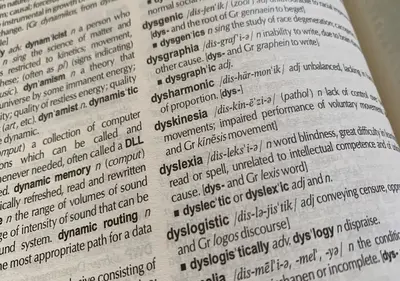Course of Dyslexia in Children. Methods and Educational Support
ByOnlinecourses55
345253

Información del Curso Dislexia en niños
Dyslexia is defined as a learning condition that affects reading and writing, hindering the understanding of linguistic structures, spelling and grammar.
However, by implementing appropriate strategies, it is feasible to optimize these skills and improve written communication. Knowledge will be acquired about grammatical structures, spelling rules and reading comprehension strategies adapted to children with dyslexia.
This course will provide practical knowledge to assist individuals experiencing reading and writing difficulties, fostering their self-confidence in their learning and academic skills.
Course Details
- Hours of video 16
- Hours of study 128
- Videos 141
- Test 141
- Level to Expert Level
- Language English
- Certificate of studies
- Lifetime access
- 7 Days of warranty
- Secure payment with SSL
- We accept all forms of payment













